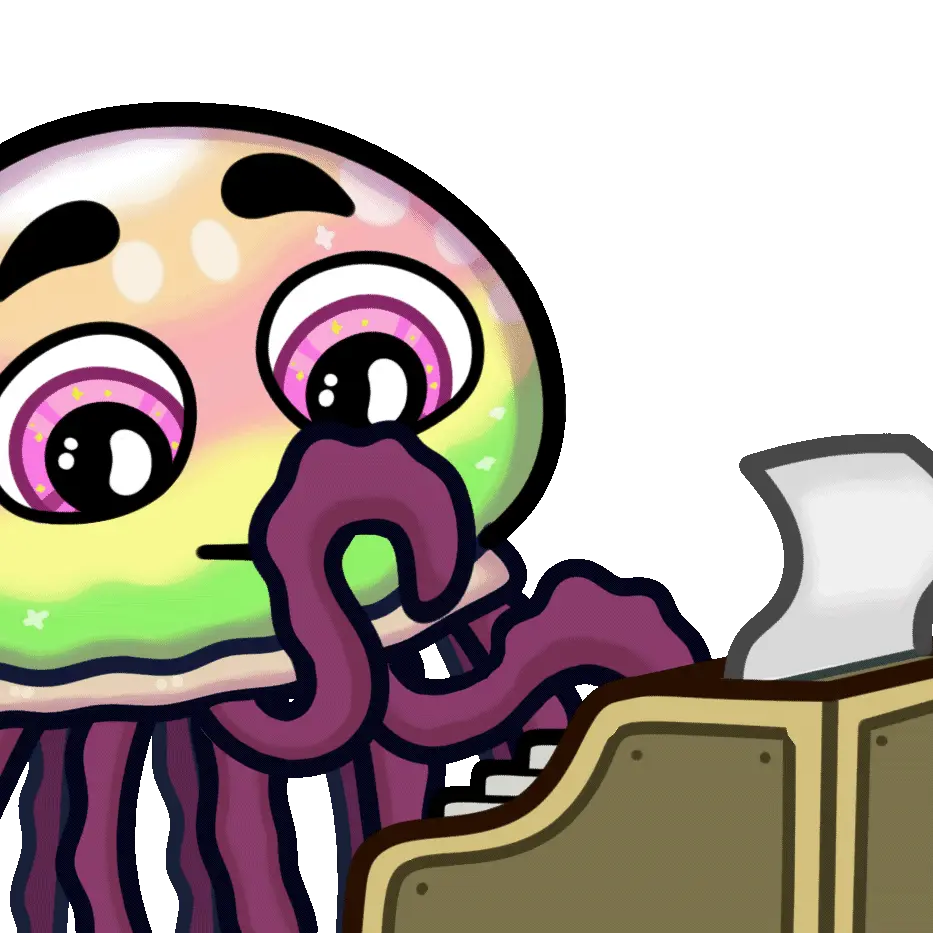Treasury Releases First Ever Non-fungible Token Illicit Finance Risk Assessment.


The U.S. Department of the Treasury published a 2024 Non-fungible Token (NFT) Illicit Finance Risk Assessment. The risk assessment explores how vulnerabilities associated with NFTs and NFT platforms may be exploited by illicit actors for money laundering, terrorist financing, and proliferation financing.
The assessment finds that NFTs are highly susceptible to use in fraud and scams and are subject to theft. The report determines that illicit actors can use NFTs to launder proceeds from predicate crimes, often in combination with other methods to obfuscate the illicit source of proceeds of crime. It also found little evidence of the misuse of NFTs by terrorists or proliferators, in contrast to fraudsters, to date.
Executive Summary:

"this risk assessment recognizes that most money laundering, terrorist financing, and proliferation financing by volume and value of transactions occurs in fiat currency or otherwise outside the digital asset ecosystem via more traditional methods."
- The assessment identifies that NFTs and NFT platforms are, to date, rarely being used for proliferation financing or terrorist financing.
- However, the assessment finds that NFTs are highly susceptible to use in fraud and
scams, many of which are traditional schemes that involve NFTs, and can be stolen from victims. - Moreover, some NFT firms and platforms lack appropriate internal controls to
mitigate risks to market integrity, money laundering and terrorist financing, and sanctions evasion.
Types of NFTs
There are several types of NFTs designed for various purposes, including those purporting to represent ownership of physical assets, such as art, vehicles, or real estate; digital goods; or governance rights for digital asset projects and protocols. NFTs can also purport to convey other rights, such as exclusive merchandise access or VIP access at events or be used for identification and verification. This assessment reviews many of the most prominent types and uses of NFTs, although there is significant overlap among these categories. Individual NFTs may be used for different purposes over time, depending on the intentions of the NFT owner. For example, a customer may initially buy an NFT to serve as a social media profile picture, later decide to buy other NFTs within the same collection as collectibles, and choose to sell the collection for profit. Similarly, one customer could buy an NFT to display in a virtual ecosystem while a second customer could buy the same NFT with the intention of reselling it quickly as an investment product.


Conclusion and Recommended Actions:
The assessment identifies that NFTs and NFT platforms are to date rarely being used for proliferation financing or terrorist financing. However, this assessment finds that NFTs are highly susceptible to use in fraud and scams, many of which are traditional schemes that involve NFTs, and can be stolen from victims. Additionally, criminals use NFTs to launder proceeds from predicate crimes often in combination with other techniques or transactions meant to obfuscate the illicit source of funds. Criminals exploit vulnerabilities related to characteristics of NFTs, the assets or entitlements that they reference, and regulatory frameworks in the United States and abroad. In particular, cybersecurity vulnerabilities, challenges with trademark and copyright protection, and hype and fluctuating pricing of NFTs can enable criminals to perpetrate fraud and theft related to NFTs and NFT platforms. Moreover, some NFT firms and platforms lack appropriate controls to mitigate risks to market integrity, money laundering and terrorist financing, and sanctions evasion.
The assessment examined several mitigation measures that may partially address the identified threats and vulnerabilities, including: (1) industry tools; (2) law enforcement authorities and public announcements; (3) the public nature of most blockchains; and (4) existing regulations and requirements for industry participants, finding that these can partially mitigate illicit finance risks associated with NFTs.
Treasury has identified the following areas for further work to address outstanding risks.



TLDRS:
- The U.S. Department of the Treasury published a 2024 Non-fungible Token (NFT) Illicit Finance Risk Assessment.
- The risk assessment explores how vulnerabilities associated with NFTs and NFT platforms may be exploited by illicit actors for money laundering, terrorist financing, and proliferation financing.
- The assessment finds that NFTs are highly susceptible to use in fraud and scams and are subject to theft.
- The report determines that illicit actors can use NFTs to launder proceeds from predicate crimes, often in combination with other methods to obfuscate the illicit source of proceeds of crime.
- It also found little evidence of the misuse of NFTs by terrorists or proliferators, in contrast to fraudsters, to date.
- The risk assessment "recognizes that most money laundering, terrorist financing, and proliferation financing by volume and value of transactions occurs in fiat currency or otherwise outside the digital asset ecosystem via more traditional methods."



